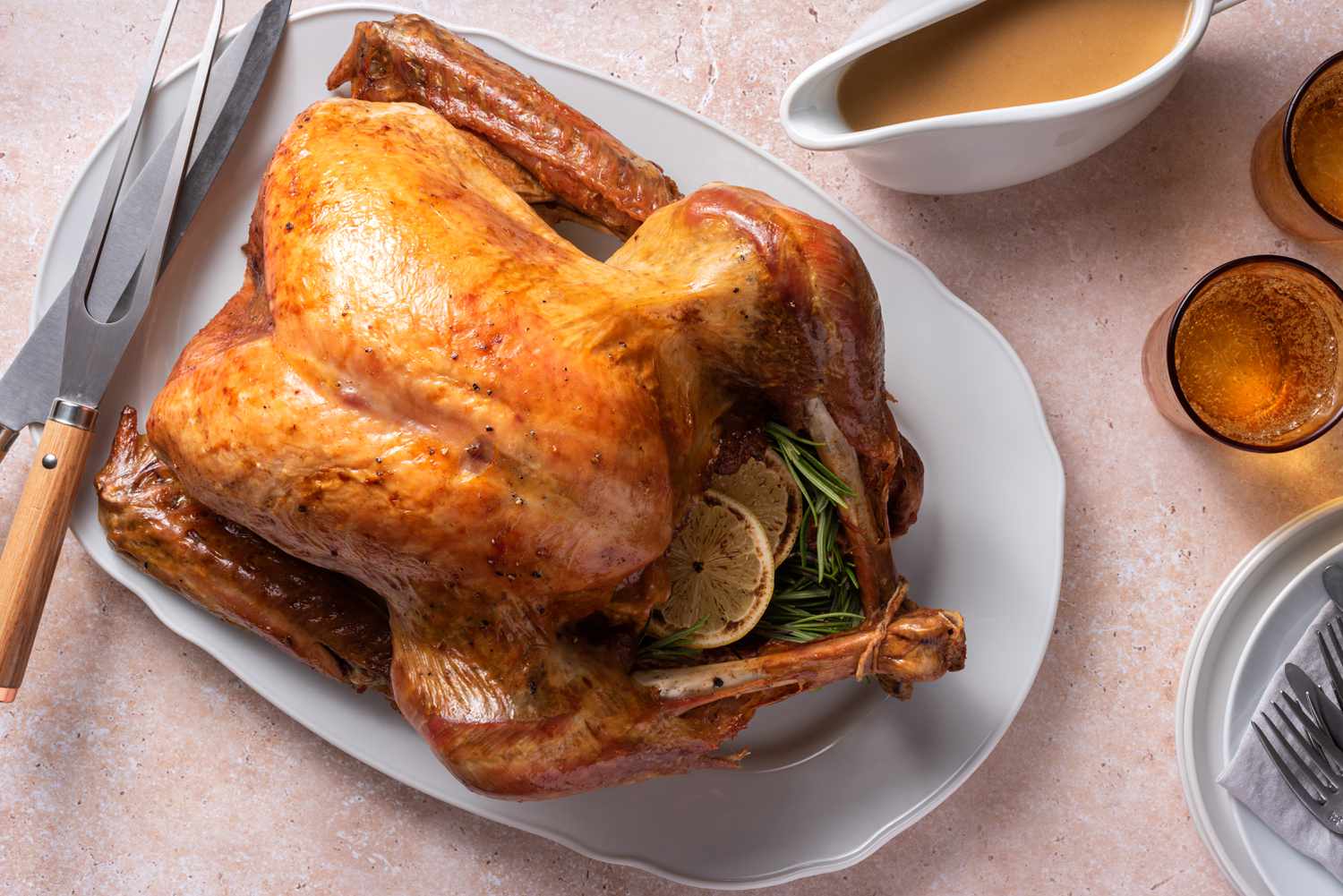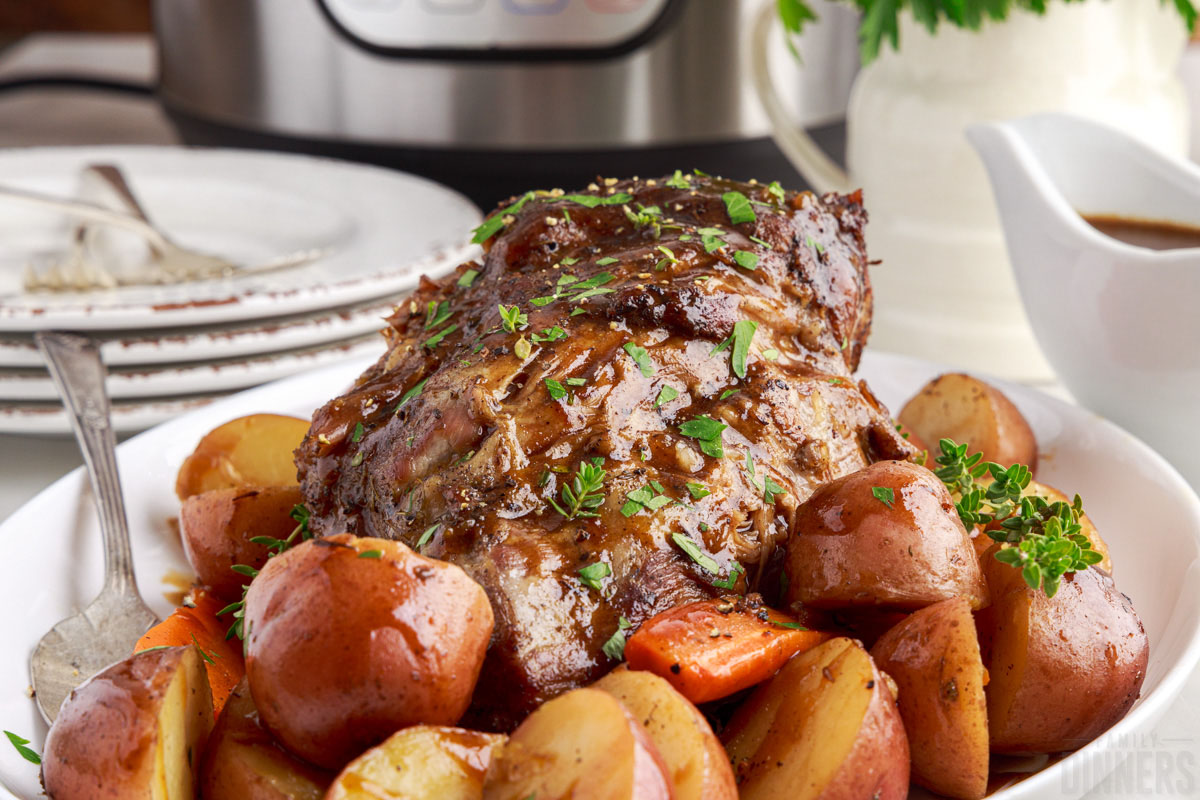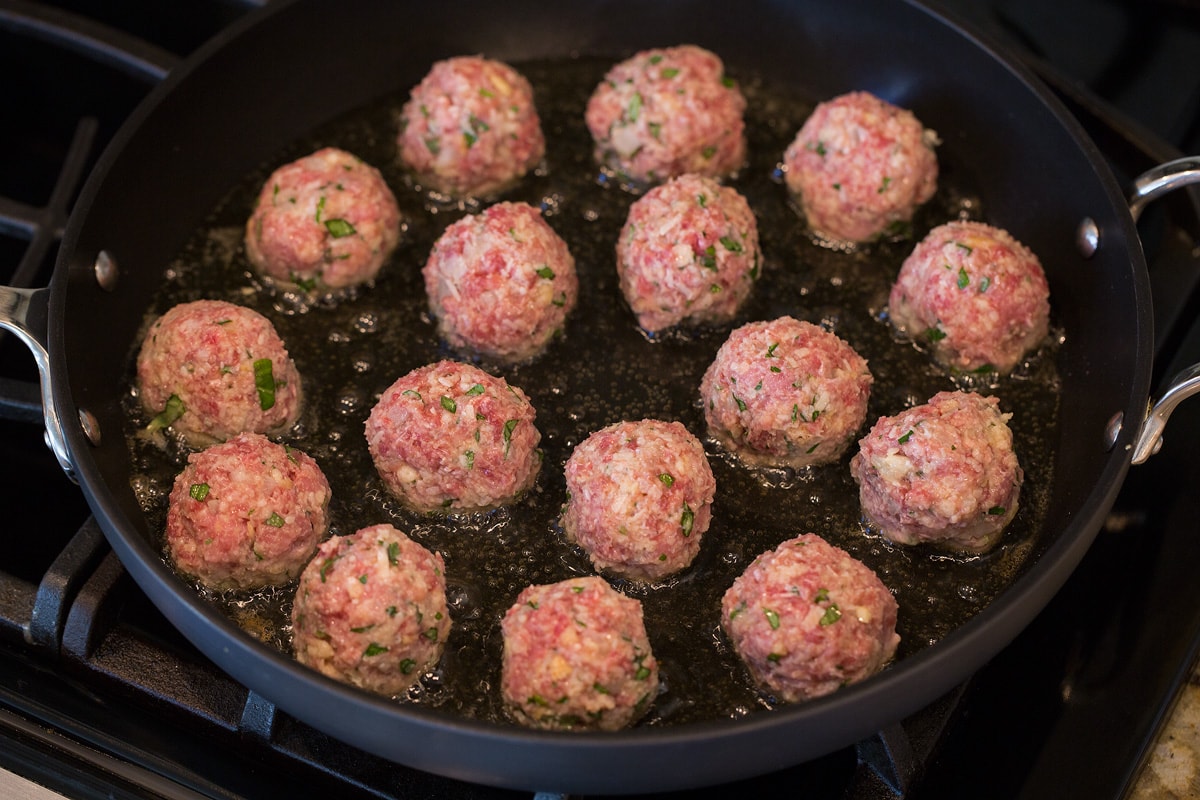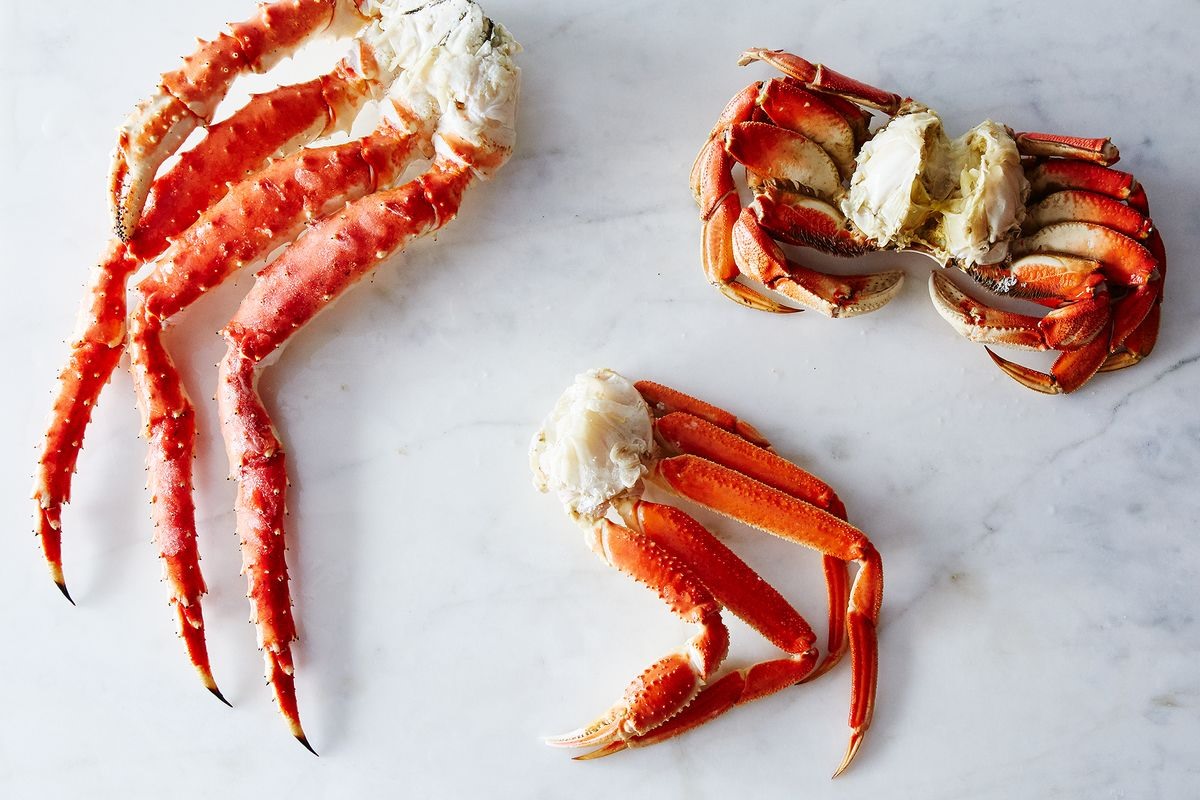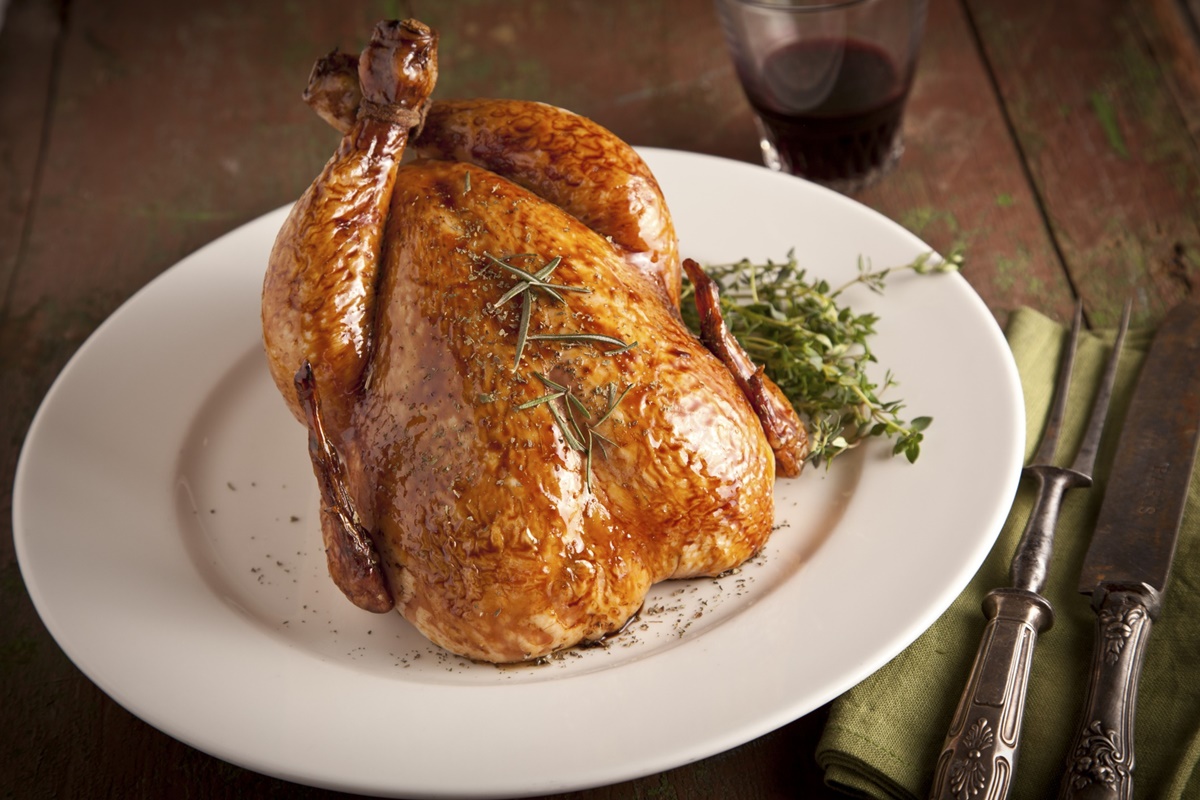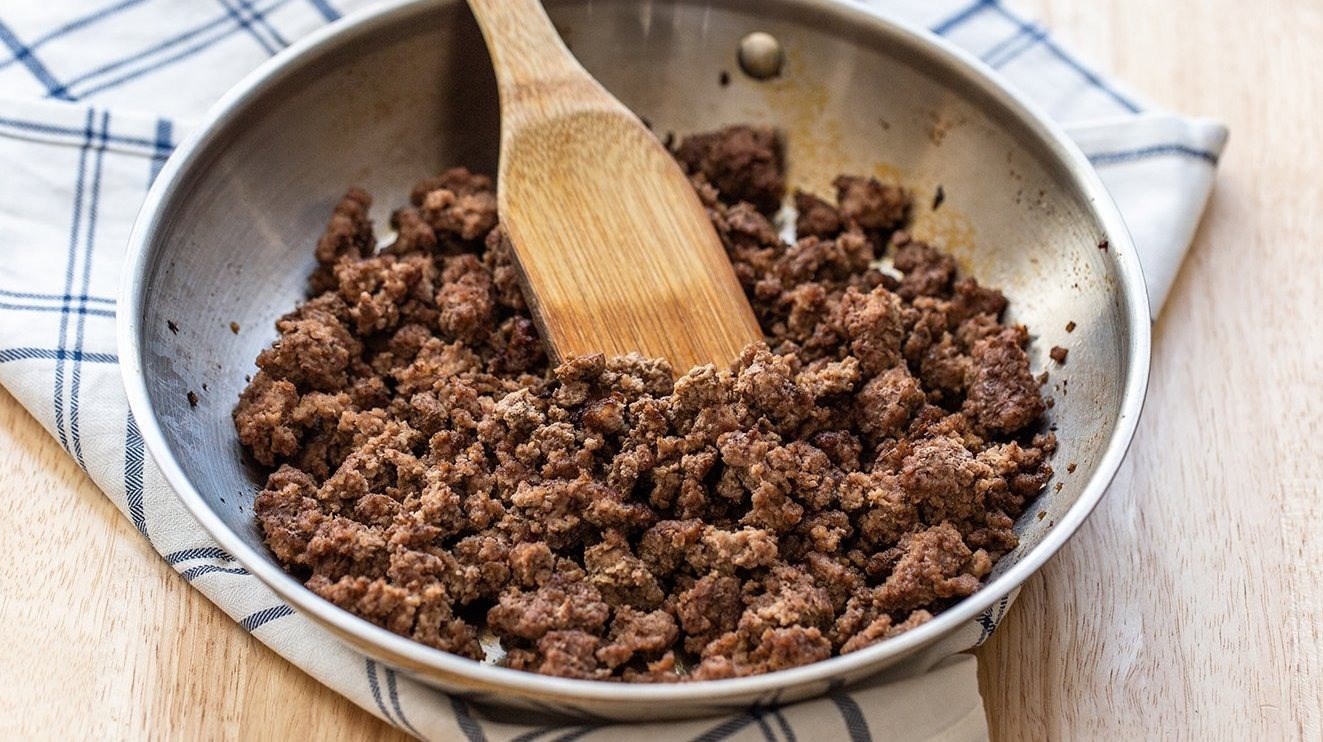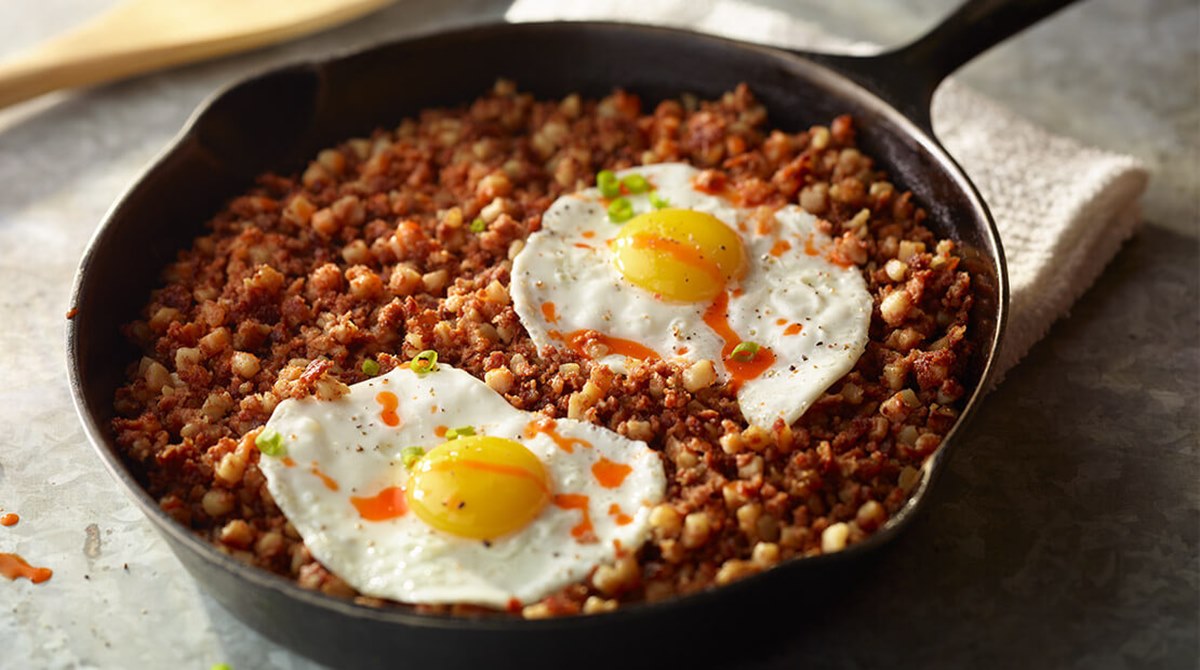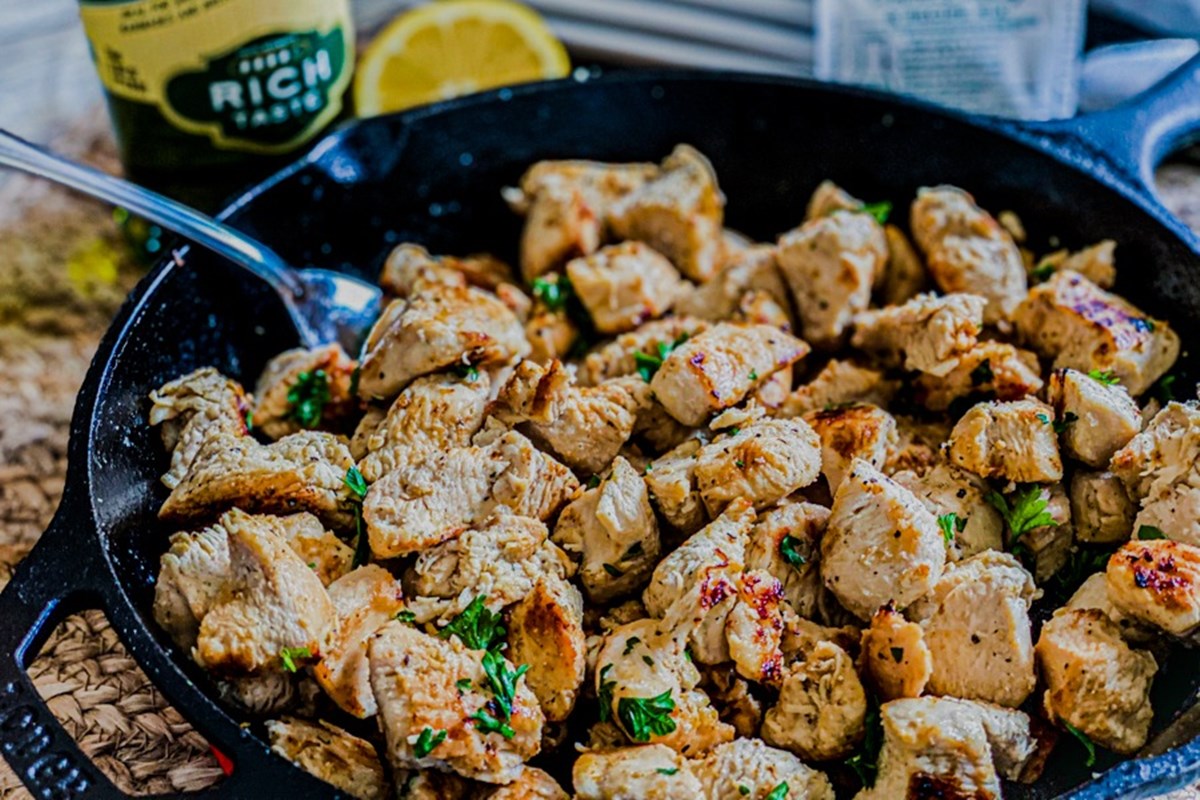Cooking with fresh coconut brings a tropical twist to any dish, offering a burst of flavor and texture that pre-packaged versions can't match. Whether you're aiming to create sweet desserts or savory meals, understanding how to properly prepare this versatile fruit is key. From cracking open the hard shell to extracting the meat and milk, each step unlocks the coconut's full potential. This guide will walk you through the process, ensuring that even first-timers can confidently incorporate fresh coconut into their culinary creations. Get ready to elevate your cooking with the rich, nutty essence of fresh coconut.
Essential Ingredients for Fresh Coconut Delight
- 1 whole fresh coconut
- 2 cups water, for boiling
- 1 teaspoon salt
- Optional: sweeteners or spices to taste
Must-Have Tools for Crafting Coconut Cuisine
- Sharp knife
- Vegetable peeler
- Grater or food processor
- Bowl
- Cheesecake cloth or fine mesh strainer
Cooking fresh coconut involves cracking open the shell, removing the meat, and grating or chopping for use. Gentle heating enhances flavor, making it perfect for both sweet and savory dishes.
The Joy of Cooking with Fresh Coconut
Cooking with fresh coconut adds a tropical flair and depth of flavor to dishes that pre-packaged versions can't match. This method involves cracking open the hard shell, extracting the meat, and grating or blending it to incorporate into meals, offering a burst of freshness and authenticity in every bite.
Using fresh coconut not only elevates the taste of culinary creations but also ensures you're getting a good dose of nutrients. Coconuts are rich in fiber, vitamins, and minerals, making them a healthy addition to any diet. This approach to cooking embraces natural ingredients for their maximum health benefits.
Your Ultimate Guide to Cooking Fresh Coconut
-
Select a fresh coconut: Look for one that feels heavy for its size, has no cracks or mold, and you can hear liquid sloshing inside when shaken.
-
Pierce the eyes: Locate the three 'eyes' at the coconut's base. Use a clean screwdriver and hammer to pierce two of these eyes.
-
Drain the coconut water: Hold the coconut over a bowl and allow the water to drain out. You can save this for drinking or use in recipes.
-
Crack open the coconut: Wrap the coconut in a towel. With a hammer, tap around the coconut's equator until it cracks open. You might need to rotate and continue tapping for an even crack.
-
Separate the meat from the shell: Use a butter knife or a flat-head screwdriver to pry the coconut meat away from the shell. Work the tool between the meat and shell, and leverage it out in pieces.
-
Peel the brown skin: Once you have the coconut meat out, use a vegetable peeler or a knife to remove the brown skin. Be cautious as the meat can be slippery.
-
Rinse the coconut meat: Wash the peeled coconut meat under cold running water to remove any remaining shell bits or brown skin.
-
Grate or shred the coconut: For recipes requiring grated or shredded coconut, use a box grater or a food processor. You can adjust the size based on your needs.
-
Store fresh coconut: If not using immediately, store the grated or whole coconut meat in an airtight container. It can be kept in the refrigerator for up to a week or frozen for longer storage.
-
Enjoy: Use your fresh coconut in various dishes, from desserts to savory meals, adding a tropical flavor and texture.
A Culinary Adventure Ends
Cooking with fresh coconut brings a tropical twist to your kitchen, transforming everyday dishes into exotic creations. Whether you're grating it for baking, extracting its milk for creamy curries, or simply enjoying its fresh, juicy flesh as a snack, the versatility of coconut is undeniable. Remember, the key steps involve cracking the shell open, removing the meat, and then deciding how you want to incorporate it into your meals. From savory dishes to sweet desserts, fresh coconut adds a burst of flavor and texture that's hard to beat. So, next time you spot coconuts at your local market, don't hesitate to pick one up and experiment in your kitchen. With a bit of practice, you'll find that incorporating this tropical fruit into your cooking repertoire is not only easy but also incredibly rewarding.
Readers looking to make the most of fresh coconut can dive into a variety of delicious recipes. For a hearty meal, try the creamy and flavorful Coconut Curry Chicken. If you're in the mood for something sweet, the rich Coconut Rice Pudding and delectable Coconut Macaroons are must-tries. Craving a refreshing dessert? The silky Coconut Panna Cotta and indulgent Coconut Ice Cream hit the spot. For a savory twist, the comforting Coconut Lentil Soup or the exotic Coconut Mango Sticky Rice will impress any palate. Breakfast lovers shouldn't miss out on the moist and flavorful Coconut Banana Bread. Each of these recipes showcases the versatility of coconut and brings out its unique taste in a delightful way.
All Your Questions About Fresh Coconut Answered
How do I choose the right coconut for cooking?
Look for one that feels heavy for its size, has no cracks or soft spots, and you can hear liquid sloshing around inside when shaken. Freshness is key, so a bit of water inside is a good sign.
What's the best way to crack open a coconut?
First, locate the three 'eyes' at the top of the coconut. Use a screwdriver or a sharp tool to poke through two of these eyes. Drain the liquid into a bowl. Next, tap around the coconut's equator with a hammer or the back of a heavy knife until it cracks open.
Can I use the coconut water inside for cooking?
Absolutely! Coconut water is not only refreshing but adds a subtle sweetness to dishes. Use it in smoothies, soups, or rice for an extra layer of flavor.
How do I remove the coconut meat from the shell?
After cracking the coconut open, put it in the oven at a low temperature for about 10-15 minutes. This process will shrink the meat from the shell, making it easier to pry away using a butter knife or a similar tool.
What's the difference between shredded coconut and coconut flakes?
Shredded coconut is finer and more like grains, while coconut flakes are larger and more substantial. Both are great for cooking and baking, but the choice depends on the texture you're after in your dish.
How do I store fresh coconut?
Fresh coconut meat can be stored in the refrigerator, wrapped tightly in plastic wrap or in an airtight container, for up to a week. For longer storage, freeze it in a sealed bag or container for up to six months.
Any tips for toasting coconut?
Spread coconut evenly on a baking sheet and bake at 325°F, stirring occasionally, until golden brown. Keep a close eye on it, as coconut can go from toasted to burnt quickly. Toasting brings out a nutty flavor that's perfect for desserts and toppings.
Was this page helpful?
Read Next: How To Cook Beef Shank In Instant Pot
